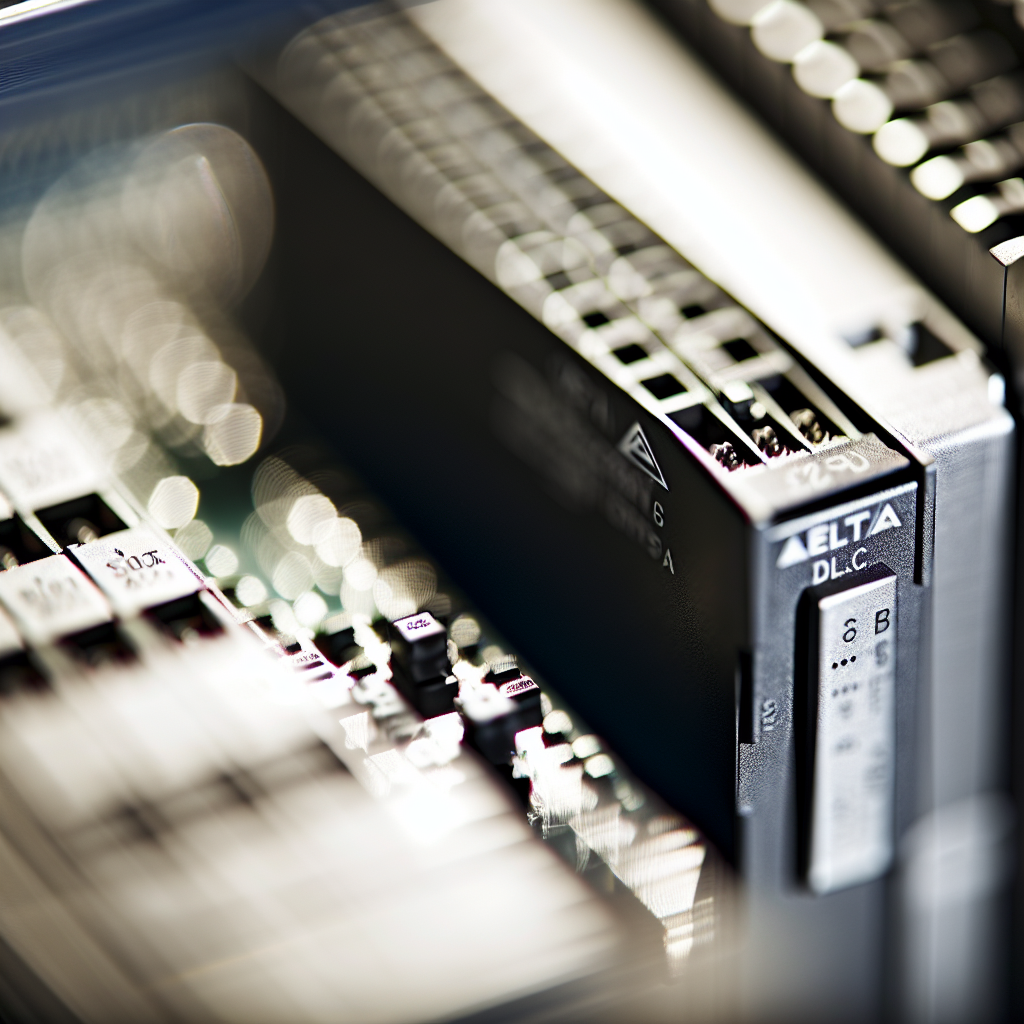In industrial automation, understanding the **PLC Control Panel** and the internal components of an electrical panel is essential for efficient system design and maintenance. This article explores the key elements of PLC panels, specifically focusing on their internal structure and functionality, with special attention to **Delta PLCs**, to provide a comprehensive overview for electrical engineering enthusiasts.
Understanding the Structure of a PLC Control Panel
At the core of industrial automation is the **PLC Control Panel**, which houses the programmable logic controllers, power supplies, input/output modules, and other critical components required for automated processes. The panel’s design is crucial not only for operational efficiency but also for safety and ease of maintenance.
The **internal of electrical panels** typically includes several components such as:
- Power Supply Units: Providing reliable power to the entire system.
- PLC Modules: The brain of the control system, executing logic based on inputs and controlling outputs.
- Input/Output (I/O) Modules: Interface for sensors, switches, motors, and actuators.
- Protection Devices: Fuses, circuit breakers, and relays that protect the system from overloads and faults.
- Cabling and Connectors: Ensuring secure connections within the panel for seamless operation.
Features and Components of a Delta PLC Panel
Delta PLCs are widely used due to their robustness, high performance, and ease of integration in automation systems. A typical **Delta PLC panel** is carefully designed to optimize functionality and accessibility.
Key features of a **Delta PLC Panel** include:
- Modular Design: Facilitates easy expansion and troubleshooting.
- High-Speed Processing: Ensures rapid response time for automation tasks.
- User-Friendly Interface: Simplified programming and monitoring capabilities.
- Robust Enclosure: Protects internal components from dust, moisture, and mechanical damage.
Inside a typical Delta PLC panel, you’ll find organized wiring, clearly labeled terminals, and proper grounding to ensure safety and efficiency. The internal layout is crucial to prevent electrical interference and facilitate maintenance activities.
Conclusion
In summary, a **PLC Control Panel** is a vital component in modern automation, with its internal structure including power supplies, PLC modules, and protection devices designed for seamless operation. **Delta PLC panels** stand out for their modularity and reliability, making them suitable for a variety of industrial applications. Understanding these components helps engineers optimize system performance and ensure safety and durability.
